The Zen of Zen Gardens: Mindful Crafts for Kids
Welcome to the calming world of Zen gardens, where creativity meets tranquility! In today's fast-paced world, finding a moment of peace can feel like searching for a needle in a haystack. But fear not! Crafting your very own Zen garden can be a delightful escape for kids and adults alike. Imagine a space where you can let your imagination run wild while also grounding yourself in the present moment. This article explores various creative and mindful craft ideas that not only engage children with nature but also enhance their focus and promote relaxation through artistic expression. So, grab your tools and let’s dig into the soothing art of Zen gardening!
Zen gardens, also known as Japanese rock gardens or "karesansui," are more than just a beautiful landscape; they are a reflection of a philosophy that emphasizes simplicity and tranquility. Originating from the 6th century in Japan, these gardens were designed to promote meditation and mindfulness, serving as a serene backdrop for contemplation. The carefully raked gravel, strategically placed rocks, and minimalistic plant life create a space that invites you to slow down and appreciate the beauty of nature. For children, understanding the purpose behind these gardens can deepen their appreciation for the art of gardening and encourage them to find their own moments of peace.
Crafting Zen gardens offers a treasure trove of benefits for children. Not only does it improve their concentration and fine motor skills, but it also nurtures an appreciation for nature. Just like a painter needs a canvas, kids need a medium to express themselves. Creating a Zen garden allows them to explore their creativity while engaging in a rewarding experience. Here are some of the benefits:
- Improved Concentration: The focus required to design and maintain a Zen garden helps sharpen children's attention spans.
- Enhanced Fine Motor Skills: Working with small stones, sand, and plants develops dexterity and coordination.
- Appreciation for Nature: Connecting with the environment fosters a sense of responsibility and care for the planet.
Engaging in the creation of Zen gardens is a fantastic way for children to practice mindfulness. It allows them to focus on the present moment, letting go of distractions and worries. As they rake the sand or arrange the stones, they can learn to connect with their thoughts and feelings. This process can be likened to a gentle wave washing over the shore, bringing a sense of calm and clarity. By fostering this mindfulness, kids can develop tools to manage stress and anxiety, skills that will serve them well throughout their lives.
Incorporating mindful breathing exercises while crafting can significantly enhance the calming effects of the process. Before diving into their Zen garden project, encourage kids to take a moment to breathe deeply. They can inhale through their noses, hold for a few seconds, and exhale slowly through their mouths. This simple practice can help them relax and center themselves, much like a tree firmly rooted in the ground, swaying gently in the wind. By teaching kids these techniques, we empower them to find peace within themselves, even in the chaos of daily life.
Creating a Zen garden also provides a unique opportunity for children to reflect on their emotions and thoughts. As they cultivate their own little oasis, they can think about what makes them happy, what worries them, and how they can find balance in their lives. This reflective practice fosters self-awareness and emotional intelligence, helping kids navigate their feelings with greater understanding. Just as a mirror reflects an image, a Zen garden can reflect a child’s inner world, encouraging them to explore and express themselves.
When kids craft their Zen gardens, they are given the freedom to express their creativity. The process is all about experimenting with various materials and designs while appreciating the beauty of simplicity. Each garden can be a unique masterpiece, reflecting the personality and imagination of its creator. Whether it’s using colorful pebbles to represent flowers or arranging miniature figurines that tell a story, the possibilities are endless! This creative journey not only enhances their artistic skills but also instills a sense of pride and accomplishment.
Selecting the right materials is crucial for crafting a Zen garden. The beauty of these gardens lies in their simplicity, and fortunately, many materials can be found right in your backyard or local craft store. Here are some accessible options:
Using natural materials like sand, stones, and plants not only enhances the aesthetic of the garden but also connects children with the environment. The tactile experience of working with these elements can be incredibly grounding. Plus, it promotes sustainability and eco-friendliness, teaching kids the importance of caring for our planet while they create.
Incorporating craft supplies such as colored pebbles, miniature figurines, and even small tools can make the experience more engaging. These items allow kids to personalize their gardens, adding a touch of their own personality and creativity. Just like a chef adds spices to a dish, these craft supplies can elevate the Zen garden, making it truly one-of-a-kind.
Now that we’ve covered the benefits and materials, let’s dive into some easy and fun project ideas for kids to create their Zen gardens. These hands-on activities can be enjoyed individually or as a family, fostering creativity and mindfulness.
Creating a small desktop Zen garden is a perfect project for kids. It allows them to design a personal space that promotes relaxation and focus while being easily manageable. Using a shallow container, some sand, and a few decorative elements, children can create their own little oasis right on their desks. This miniature garden can serve as a reminder to take breaks, breathe, and find a moment of calm during a busy day.
If you’re looking for a larger project, setting up an outdoor Zen garden can involve the whole family. This collaborative effort encourages teamwork and creativity while transforming your backyard into a serene space. With some planning and a little sweat equity, you can create a beautiful garden that serves as a peaceful retreat for everyone to enjoy. Just imagine gathering around this tranquil space, sharing stories, and reflecting on the day—what a wonderful way to bond!
Q: What age is appropriate for kids to start crafting Zen gardens?
A: Kids as young as 5 can enjoy crafting simple Zen gardens with supervision, while older children can take on more complex projects.
Q: Can Zen gardens be made indoors?
A: Absolutely! Miniature Zen gardens are perfect for indoor spaces and can be made using small containers.
Q: How do I maintain a Zen garden?
A: Maintenance can be as simple as raking the sand to create patterns and replacing any natural materials as needed.
Q: What if my child doesn’t like gardening?
A: Zen gardens are about creativity and mindfulness, so even if they’re not into gardening, they can still enjoy the artistic aspect!

Understanding Zen Gardens
Zen gardens, also known as Japanese rock gardens or karesansui, are much more than just beautiful landscapes; they are a profound expression of philosophy and art that dates back to the 6th century in Japan. These gardens are designed to provide a peaceful retreat where one can meditate and reflect, embodying the principles of simplicity and tranquility. The essence of a Zen garden lies in its ability to evoke a sense of calm and mindfulness, making it a perfect introduction for children to the world of meditation and self-awareness.
The philosophy behind Zen gardens is deeply rooted in Buddhist teachings, emphasizing the importance of nature and the transience of life. In these gardens, elements such as rocks, sand, and gravel symbolize various aspects of nature, including mountains, rivers, and seas. For instance, the meticulous raking of sand can represent the rippling waters of a serene lake, inviting the creator to engage in a meditative practice that calms the mind and soothes the spirit. This interaction with nature not only encourages mindfulness but also fosters a deeper connection with the environment.
Zen gardens serve multiple purposes, particularly in promoting tranquility and providing a meditative space. They are often used as a means of self-reflection, allowing individuals to contemplate their thoughts and feelings in a serene setting. For children, this can be a powerful tool in developing emotional intelligence and self-awareness. By engaging in the creation and maintenance of a Zen garden, kids can learn to express their emotions and thoughts, transforming their experiences into a form of artistic expression.
Moreover, the act of crafting a Zen garden can be incredibly therapeutic. It encourages children to focus on the present moment, drawing their attention away from the distractions of daily life. As they sift through sand, arrange stones, and select plants, they become immersed in the process, experiencing a sense of accomplishment and joy. This creative outlet not only enhances their focus but also nurtures their imagination, allowing them to experiment with different designs and materials.
In summary, understanding Zen gardens goes beyond just the physical elements involved; it encompasses a rich tapestry of history, philosophy, and emotional growth. As children engage with these gardens, they not only cultivate a sense of peace and mindfulness but also develop valuable life skills that will serve them well into adulthood. So, why not introduce your kids to the calming world of Zen gardens? It could be the perfect way to spark their creativity and promote a sense of tranquility in their lives.
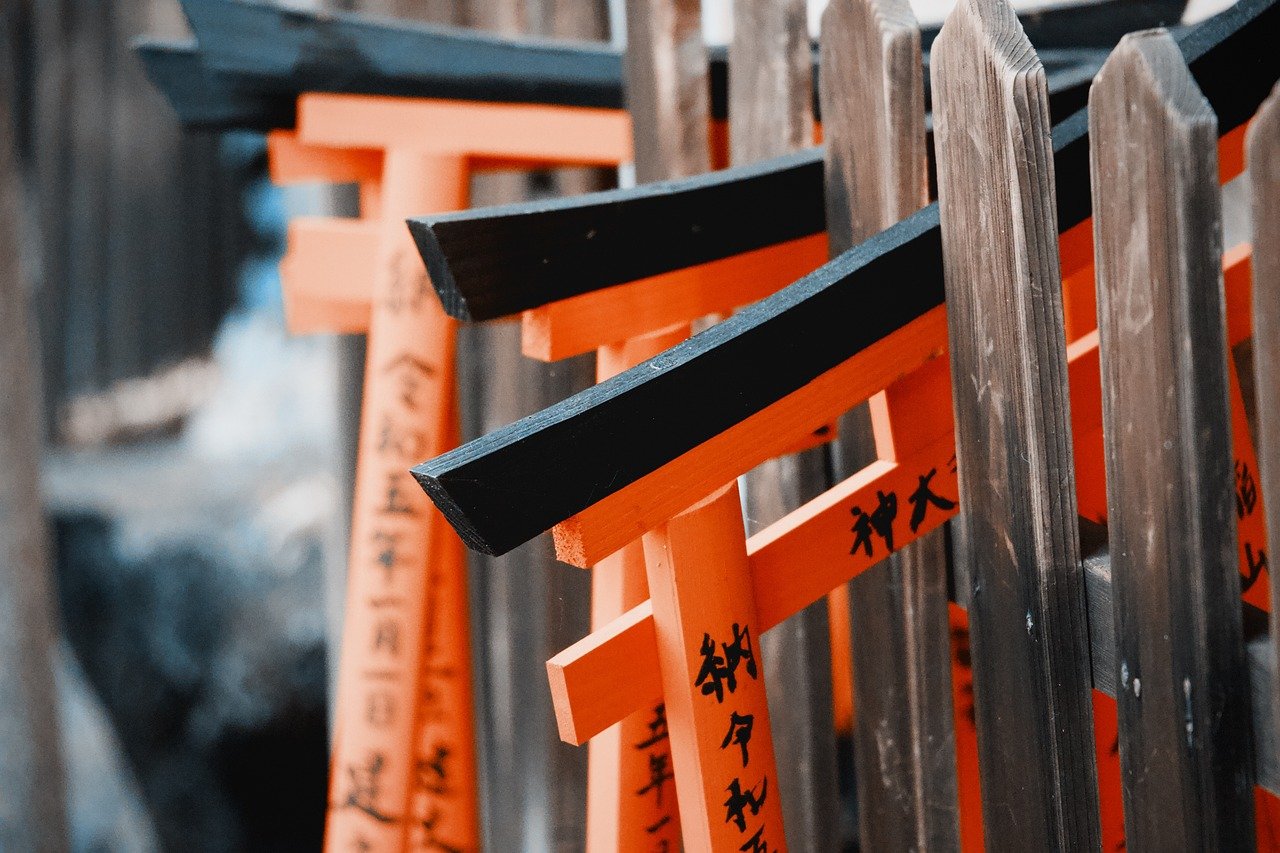
Benefits of Crafting Zen Gardens
Crafting Zen gardens is not just a fun activity for kids; it’s a treasure trove of benefits that can significantly enhance their development. Imagine a space where creativity meets tranquility, where every grain of sand and stone tells a story. By engaging in the art of creating these miniature landscapes, children can enjoy a multitude of advantages that go beyond mere aesthetics. For starters, improved concentration is one of the most notable benefits. As kids meticulously arrange their gardens, they learn to focus their attention on the task at hand, honing their ability to concentrate—a skill that will serve them well in school and life.
Moreover, working with various materials in a Zen garden enhances fine motor skills. Whether they are raking sand, placing stones, or planting small succulents, children are developing their hand-eye coordination and dexterity. This tactile experience is crucial for young ones as they grow and engage in more complex tasks. But that’s not all; the process of crafting a Zen garden instills a profound appreciation for nature. Kids learn to observe the beauty in simple elements—like the way a stone fits perfectly in the sand or how a plant adds life to the garden—fostering a sense of respect for the environment.
Another significant aspect of crafting Zen gardens is the promotion of mindfulness. As children immerse themselves in the creation process, they naturally begin to practice being present in the moment. This engagement allows them to connect with their thoughts and feelings, which is essential for emotional growth. To further enhance this experience, incorporating mindful breathing techniques can be beneficial. For instance, as they rake the sand or arrange the stones, children can take deep, calming breaths, allowing them to center themselves and relieve any stress or anxiety they might be feeling.
Creating a Zen garden also encourages reflection. As kids spend time designing their gardens, they are prompted to think about their emotions and experiences. This reflective practice fosters self-awareness, enabling them to understand their feelings better. Just like a mirror reflects our image, a Zen garden reflects our inner thoughts and emotions, making the crafting process a journey of personal discovery.
In conclusion, the benefits of crafting Zen gardens for kids are manifold. From enhancing concentration and fine motor skills to promoting mindfulness and self-reflection, these gardens serve as a gateway to a more enriching and fulfilling childhood experience. So why not grab some materials and start creating? After all, every garden is unique, just like the child who creates it.
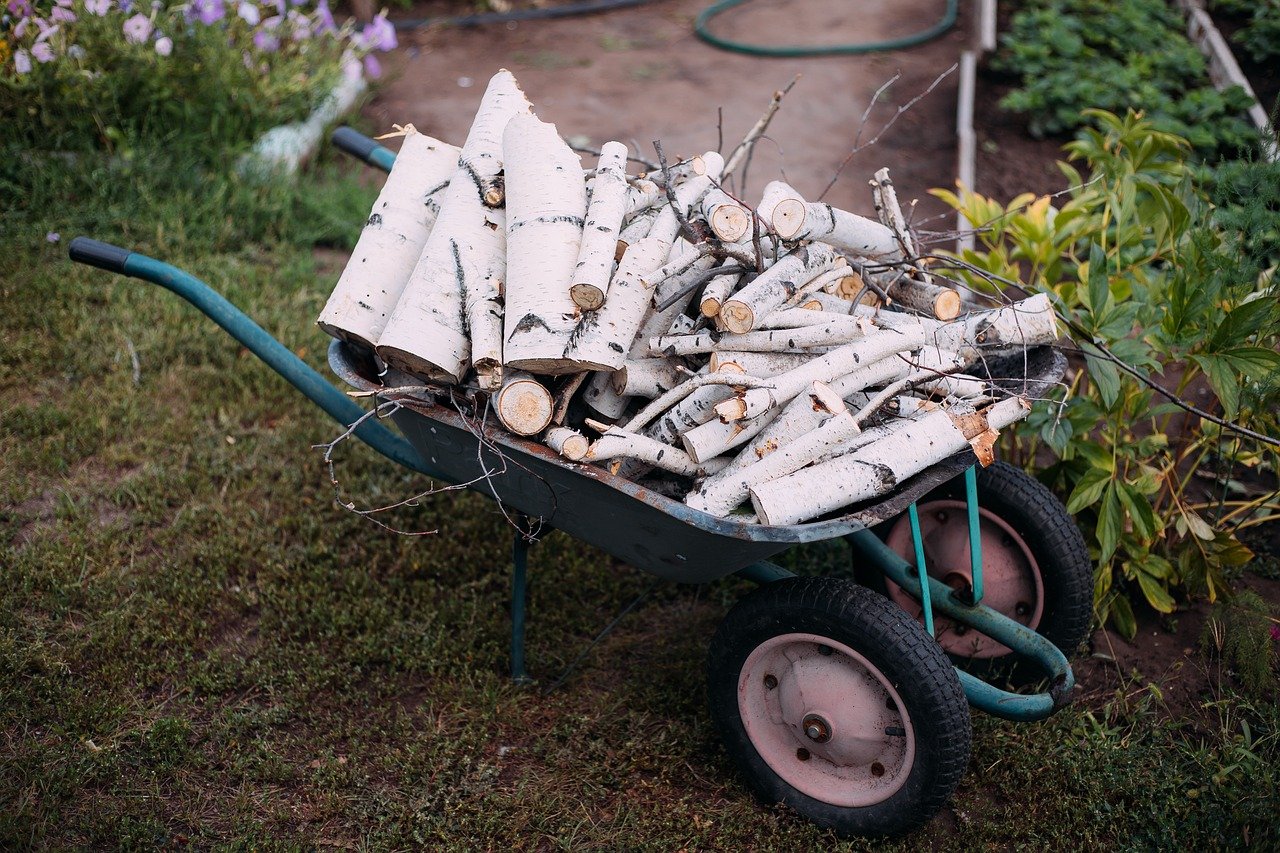
Promoting Mindfulness
Engaging in the creation of Zen gardens is not just a fun activity; it is a powerful way for children to practice mindfulness. When kids dig their hands into the sand, carefully arrange stones, or rake patterns into the soil, they are not merely crafting a garden—they are immersing themselves in the present moment. This tactile experience serves as a gentle reminder to focus on what is happening right now, rather than worrying about the past or future. Have you ever noticed how soothing it is to feel the texture of sand or the coolness of stones? This simple act can create a wave of calm, washing away the noise of everyday life.
Mindfulness is about being aware of our thoughts and feelings without judgment. By creating a Zen garden, children can observe their emotions as they work. For instance, if they feel frustrated because a stone won’t stay in place, they can learn to recognize that feeling and let it go, redirecting their energy into finding a solution. This process fosters emotional resilience and encourages them to approach challenges with a calm mind. It’s almost like building a little world where they can explore their feelings safely.
Incorporating mindful breathing exercises while crafting can significantly enhance the calming effects of the process. Here are a few simple techniques that can be practiced:
- Deep Breathing: Inhale deeply through the nose, hold for a few seconds, and exhale slowly through the mouth. This helps to center their thoughts.
- Counting Breaths: Count to four while inhaling, hold for four, and exhale for four. This rhythmic pattern can be very grounding.
- Visualization: Encourage kids to visualize a peaceful place while they breathe, helping them create a mental escape.
As they breathe mindfully, children can also reflect on their emotions and thoughts. This practice of reflection is crucial for developing self-awareness. Creating a Zen garden encourages them to pause and think about what they’re feeling at that moment. It’s like having a personal therapist made of sand and stones, where they can explore their inner world. This meditative aspect of gardening not only promotes relaxation but also fosters emotional intelligence, teaching kids to articulate their feelings and understand themselves better.
Ultimately, crafting a Zen garden is more than just a creative outlet; it is a profound journey into mindfulness. It provides children with tools to navigate their emotions, enhances their ability to concentrate, and instills a sense of peace that can carry over into their daily lives. So, why not grab some sand and stones and let your kids embark on this mindful adventure? Their little Zen garden awaits!
Q: What age is appropriate for children to start crafting Zen gardens?
A: Children as young as 5 can start creating simple Zen gardens with supervision. As they grow older, they can take on more complex designs.
Q: Do I need special materials to create a Zen garden?
A: Not at all! You can use natural materials like sand, pebbles, and small plants, or even craft supplies you have at home.
Q: How can I encourage my child to be more mindful while crafting?
A: Introduce breathing exercises, encourage them to express their feelings, and remind them to focus on the sensations of the materials they are using.
Q: Can Zen gardens be created indoors?
A: Yes! Miniature Zen gardens can be made on a desk or table, making them perfect for indoor spaces.
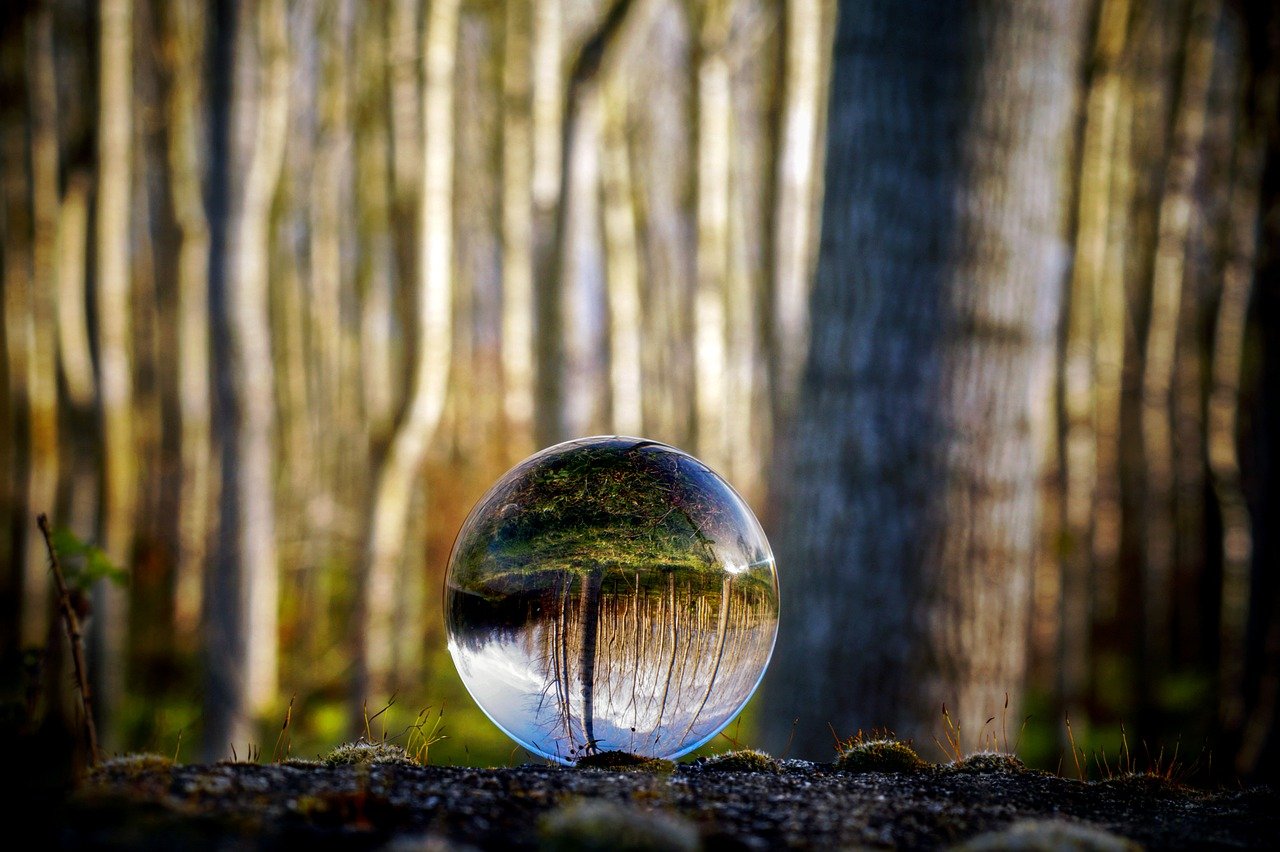
Mindful Breathing Techniques
In the bustling world we live in, it’s easy for kids to feel overwhelmed. This is where come into play, serving as a gentle anchor to help them find their center. When crafting a Zen garden, incorporating these breathing exercises can transform the experience from mere activity to a moment of profound calm and focus. Imagine your child, hands covered in sand, pausing to take a deep breath, feeling the air fill their lungs, and then slowly releasing it, just like the ebb and flow of ocean waves. This simple act can be incredibly grounding.
One effective technique is the 4-7-8 breathing method. Here’s how it works:
| Step | Action | Duration |
|---|---|---|
| 1 | Inhale through the nose | 4 seconds |
| 2 | Hold your breath | 7 seconds |
| 3 | Exhale through the mouth | 8 seconds |
This technique not only helps to calm the mind but also improves focus, making it a perfect companion to the creativity involved in crafting a Zen garden. Encourage your child to practice this breathing exercise before they begin creating their garden. They can visualize each breath as filling their space with peace and clarity, while each exhale releases any tension or distractions.
Another way to enhance the experience is by incorporating nature sounds during the breathing exercises. You could play soft background music that mimics the sounds of a gentle stream, rustling leaves, or chirping birds. This auditory element can deepen the connection to nature, making the process even more immersive. Kids can close their eyes, take deep breaths, and let their imaginations wander to a serene landscape, helping them to cultivate a sense of peace and presence.
Lastly, remind them to practice gratitude during these breathing moments. As they breathe in, they can think about what they love about nature or what makes them happy, and as they breathe out, they can release any worries or negative thoughts. This simple act of acknowledgment can transform their mental state, making the act of crafting their Zen garden not just a creative outlet, but also a powerful tool for emotional well-being.
Incorporating these mindful breathing techniques into the crafting of Zen gardens not only enriches the experience but also equips children with valuable skills they can carry into everyday life. They learn to pause, reflect, and breathe, fostering a deeper connection with themselves and the world around them. So the next time your child is about to dive into their Zen garden project, remind them to take a moment to breathe—it might just be the most important step in their creative journey.
- What are Zen gardens? Zen gardens are miniature landscapes that typically consist of sand, rocks, and sometimes plants, designed to promote tranquility and meditation.
- How can crafting a Zen garden benefit my child? Crafting a Zen garden can help improve concentration, fine motor skills, and emotional intelligence while fostering creativity and mindfulness.
- What materials do I need to create a Zen garden? You can use natural materials like sand and stones, along with craft supplies such as colored pebbles and miniature figurines to personalize the garden.
- Can mindfulness techniques be used in other activities? Absolutely! Mindfulness techniques like deep breathing can be applied to various activities, helping children focus and relax in any situation.
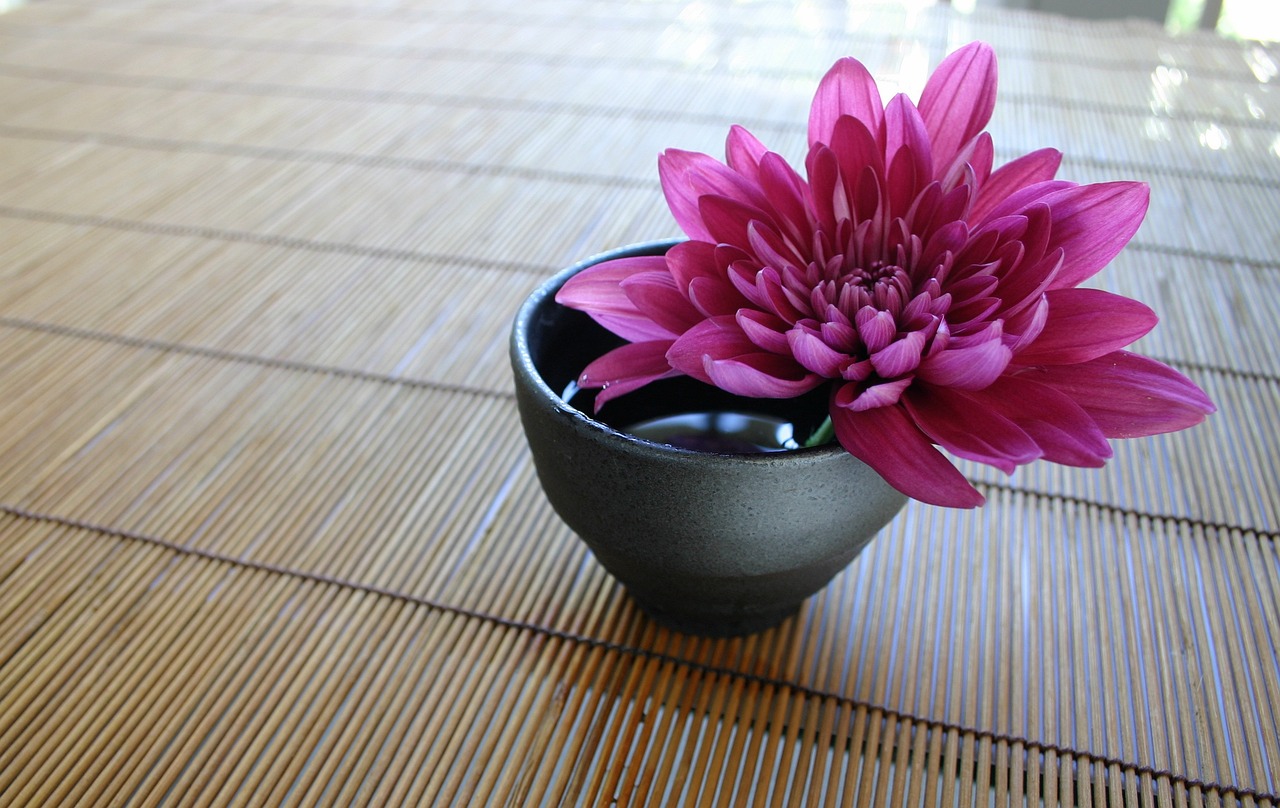
Encouraging Reflection
Creating a Zen garden is not just about arranging sand and stones; it's a profound journey into self-discovery and emotional awareness. When children engage in this artistic process, they are given a unique opportunity to pause and reflect on their feelings and thoughts. Imagine the tranquility of raking patterns in the sand or placing stones just so—each action can serve as a moment of meditation, allowing young minds to wander freely while simultaneously grounding them in the present. This practice promotes a deeper understanding of their emotions, much like how a river flows smoothly, reflecting the sky above.
As kids craft their Zen gardens, they can take a moment to ask themselves questions that encourage reflection. For instance:
- What emotions am I feeling right now?
- How can I express these feelings through my garden?
- What does each element in my garden represent to me?
These questions serve as gentle prompts, guiding children to explore their inner landscapes. Each stone they place or each line they rake can symbolize a thought or emotion they wish to express or understand better. This process not only fosters self-awareness but also cultivates emotional intelligence—skills that are invaluable as they grow and navigate life's complexities.
Furthermore, the act of creating a Zen garden can encourage children to develop a habit of reflection in their daily lives. By associating the calming effects of gardening with moments of introspection, they learn to take a step back and evaluate their feelings, much like a bird soaring above the trees, gaining a broader perspective on their surroundings. This practice can lead to improved mental well-being, as it teaches kids to manage their emotions in a healthy way.
In essence, encouraging reflection through Zen gardening is not just about the physical act of crafting; it's about nurturing a mindset that values mindfulness and self-exploration. By integrating these reflective practices into their lives, children can grow into more empathetic and self-aware individuals, ready to face the world with a calm and centered approach.
Q1: What age group is suitable for creating Zen gardens?
A1: Zen gardens can be enjoyed by children of all ages. Younger children may need supervision, while older kids can engage in more complex designs and reflective practices.
Q2: Do I need special materials to create a Zen garden?
A2: No, you can use natural materials like sand, stones, and plants, or craft supplies like colored pebbles and figurines. The key is to let creativity flow!
Q3: How can I encourage my child to reflect while working on their Zen garden?
A3: Ask open-ended questions and encourage them to think about what each element in their garden represents. You can also practice mindful breathing together to enhance the experience.
Q4: Can Zen gardening help with stress relief?
A4: Absolutely! The calming nature of Zen gardens promotes relaxation and mindfulness, making it an excellent activity for stress relief for both children and adults.

Enhancing Creativity
When children engage in the process of crafting their own Zen gardens, they embark on a delightful journey of self-expression and creativity. The beauty of a Zen garden lies in its simplicity, yet this simplicity encourages kids to explore their artistic instincts. Imagine a blank canvas where the only limits are their imagination and the materials at hand!
In this creative endeavor, children can experiment with various elements such as sand, pebbles, plants, and decorations. Each choice they make reflects their personal taste and feelings. For instance, arranging stones in a certain way can signify balance, while the color of the sand can evoke different moods. This hands-on approach not only enhances their creative skills but also fosters a sense of ownership over their unique space.
Moreover, crafting a Zen garden provides a fantastic opportunity for children to learn about the importance of nature and its beauty. As they select materials, they can discuss why certain colors or textures resonate with them, deepening their appreciation for the environment. This process of selection and arrangement can be likened to painting a picture, where every detail contributes to the overall masterpiece.
To further enhance their creativity, parents can encourage kids to incorporate different themes into their gardens. For example, they might create a beach-themed Zen garden using light-colored sand, seashells, and miniature surfboards. Alternatively, a forest theme could include moss, small twigs, and tiny animal figurines. The possibilities are endless, and each theme allows children to express their interests and passions.
Additionally, the act of designing and building a Zen garden can serve as a wonderful bonding experience for families. Working together on a project not only enhances creativity but also fosters teamwork and communication skills. Parents can guide their children through the process, offering suggestions while allowing them the freedom to make their own choices. This collaborative effort can lead to discussions about creativity, nature, and even mindfulness.
In conclusion, crafting a Zen garden is much more than just a fun activity; it is a powerful tool for enhancing creativity in children. By allowing them to explore their artistic side, connect with nature, and collaborate with family, we can nurture a generation that values creativity and mindfulness. So, why not grab some materials and start this creative journey today?
- What materials do I need to create a Zen garden? You can use sand, small stones, plants, and various decorations like figurines or colored pebbles.
- Can Zen gardens be made indoors? Absolutely! Miniature Zen gardens are perfect for desktops and can be created using small containers.
- How do Zen gardens promote mindfulness? The process of arranging and creating allows children to focus on the present moment, helping them to relax and reflect.
- Is crafting a Zen garden suitable for all ages? Yes! Children of all ages can participate, with appropriate materials and supervision.
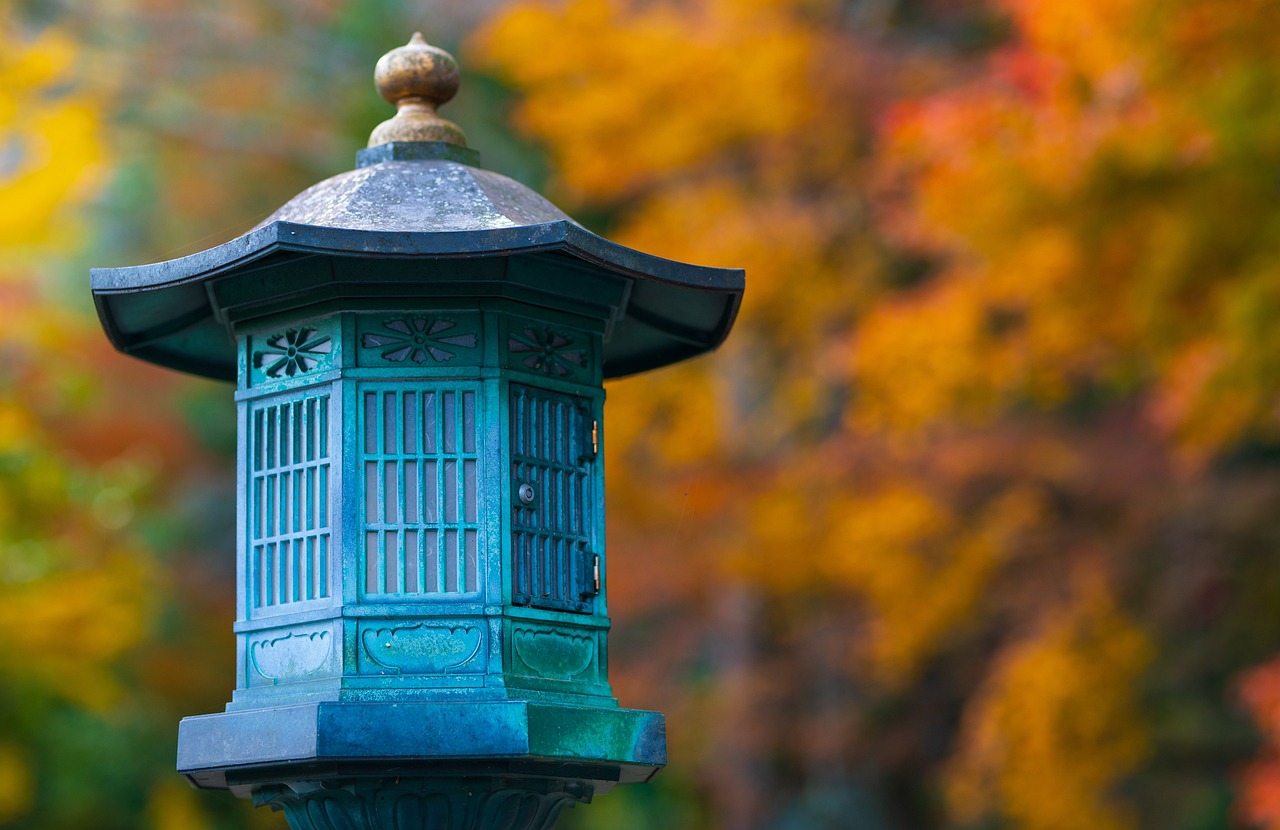
Materials for Zen Gardens
Creating a Zen garden is not just about the design; it's also about the materials you choose to use. The right materials can transform a simple space into a serene retreat that fosters mindfulness and creativity. When selecting materials for your Zen garden, think about how each element will contribute to the overall atmosphere. You'll want to incorporate a mix of natural and crafted items that resonate with both the aesthetic and meditative qualities of the garden.
First and foremost, naturally sourced materials are essential. These can include items like sand, stones, and plants. Sand serves as the foundation of many Zen gardens, providing a blank canvas for raking patterns that symbolize water ripples. The choice of stones can vary from smooth pebbles to larger rocks, each representing different aspects of nature. For instance, you might use a large stone to symbolize a mountain or a cluster of smaller stones to represent an island. Plants, whether they are succulents or small shrubs, add life and color, creating a harmonious balance with the other elements.
In addition to natural materials, incorporating craft supplies can enhance the personal touch of your Zen garden. Items such as colored pebbles, miniature figurines, and decorative elements allow children to express their unique styles and preferences. For example, colored pebbles can be used to create pathways or borders, while miniature figurines can represent animals or mythical beings, adding a whimsical touch to the garden. This personalization not only makes the garden more engaging but also encourages children to take ownership of their creative space.
Here’s a quick overview of some materials you might consider:
| Material Type | Examples | Benefits |
|---|---|---|
| Naturally Sourced | Sand, stones, plants | Promotes connection to nature, enhances tranquility |
| Craft Supplies | Colored pebbles, miniature figurines | Encourages creativity, allows personalization |
When gathering materials, it’s also important to consider sustainability. Encourage children to think about where their materials come from. Using items that are locally sourced or recycled not only benefits the environment, but also teaches valuable lessons about conservation and respect for nature. This hands-on experience can deepen their understanding of ecological balance and foster a sense of responsibility towards the planet.
Ultimately, the materials you select for your Zen garden should resonate with the principles of simplicity and mindfulness. By carefully choosing both natural and crafted elements, you can create a space that is not only visually appealing but also serves as a powerful tool for relaxation and self-expression. So gather your supplies, let your imagination run wild, and watch as your Zen garden comes to life!

Naturally Sourced Materials
When it comes to creating a Zen garden, the choice of materials can significantly influence the overall experience and aesthetic. not only enhance the beauty of the garden but also foster a deeper connection between children and the environment. Imagine walking barefoot on soft sand or feeling the coolness of smooth stones under your fingers; these sensory experiences can be incredibly grounding and calming for kids.
One of the most essential components of a Zen garden is sand. Sand serves as a canvas for creativity, allowing children to create patterns that mimic the ripples of water or the waves of the ocean. By raking the sand, children engage in a meditative practice that encourages focus and mindfulness. Furthermore, using different colors of sand can add a vibrant touch to the garden, making it visually appealing and unique.
Another vital material is stones. Stones come in various shapes, sizes, and textures, offering endless possibilities for arrangement and design. Children can use larger stones as focal points, while smaller pebbles can create pathways or borders. The tactile nature of stones allows kids to explore their textures and colors, promoting sensory play that is both fun and educational. Additionally, stones can symbolize stability and strength, reinforcing positive values as children build their gardens.
Plants are also a fantastic addition to any Zen garden. Incorporating succulents or small shrubs can introduce an element of life and growth, reminding kids that nature is ever-changing. These plants require minimal maintenance, making them ideal for children who may be new to gardening. Kids can learn about the importance of caring for living things, fostering a sense of responsibility and nurturing.
In summary, using naturally sourced materials like sand, stones, and plants not only beautifies the Zen garden but also enriches the crafting experience for children. These materials encourage exploration, creativity, and mindfulness, making the process of creating a Zen garden a fulfilling and educational journey. As kids immerse themselves in the tactile world of nature, they develop a profound appreciation for the environment, paving the way for a lifelong connection with the earth.
- What are the best materials to use for a Zen garden?
Natural materials such as sand, stones, and plants are ideal for creating a Zen garden. These materials enhance the aesthetic and provide a sensory experience.
- How can crafting a Zen garden benefit my child's development?
Crafting a Zen garden promotes mindfulness, enhances creativity, and improves fine motor skills. It also encourages reflection and emotional intelligence.
- Can Zen gardens be created indoors?
Absolutely! Miniature desktop Zen gardens can be created indoors using small containers, sand, and decorative stones, making them perfect for any space.
- What types of plants are suitable for a Zen garden?
Succulents, small shrubs, and moss are great options for Zen gardens. They require minimal maintenance and add a touch of greenery to the space.
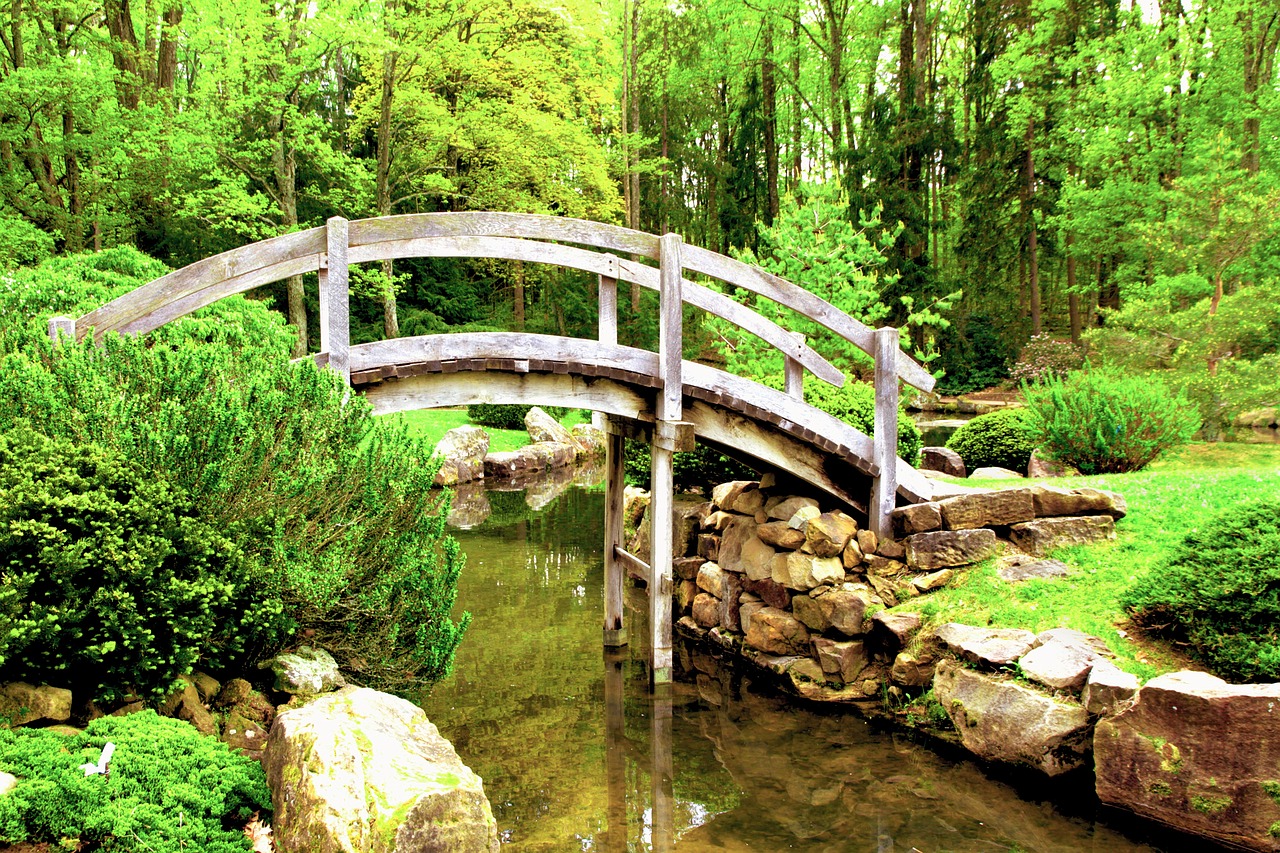
Craft Supplies
When it comes to creating a Zen garden, the choice of craft supplies can significantly enhance the overall experience for children. It's not just about aesthetics; it's about fostering creativity and allowing kids to express their unique personalities through their gardens. Imagine a child carefully selecting each element, feeling a sense of ownership and pride in their creation. The right supplies can transform a simple project into a memorable adventure!
To kick off your crafting journey, consider incorporating a variety of materials that can be easily sourced. Here are some suggestions that can spark creativity and provide a tactile experience:
- Colored Pebbles: These can add vibrant colors and textures to the garden, making it visually appealing. Kids can use them to create patterns or pathways, enhancing their fine motor skills as they place each stone.
- Miniature Figurines: Small statues or toys can represent different elements of nature or themes, allowing children to tell stories through their gardens. Whether it's a tiny Buddha or a playful animal, these figurines can bring the garden to life.
- Sand: The foundation of many Zen gardens, sand can be raked into intricate designs. It’s a fantastic way for kids to practice mindfulness as they focus on the repetitive motion of raking.
- Natural Elements: Incorporating items like twigs, leaves, and small stones not only connects children with nature but also promotes sustainability. These materials can be found in your backyard or during a nature walk, making the crafting experience even more enriching.
Additionally, don't forget about the tools! Simple items like small rakes, brushes, and containers can help kids manipulate their materials with ease. As they dig, rake, and arrange, they’re not just crafting; they’re engaging in a meditative process that encourages focus and relaxation.
Overall, the blend of natural and craft supplies allows for a rich, engaging crafting experience. It’s about more than just making something pretty; it’s about creating a personal sanctuary that encourages mindfulness and creativity. So gather your materials, unleash your imagination, and let the crafting begin!
Q: What materials are essential for creating a Zen garden?
A: Essential materials include sand, stones, and natural elements. Additionally, colored pebbles and miniature figurines can enhance the experience.
Q: Can Zen gardens be made indoors?
A: Absolutely! Miniature Zen gardens are perfect for desktops or tabletops, allowing children to create their calming spaces indoors.
Q: How can crafting a Zen garden benefit children?
A: Crafting Zen gardens helps improve concentration, fine motor skills, and promotes mindfulness, making it a rewarding activity for children.
Q: What age group is suitable for creating Zen gardens?
A: Children of all ages can participate, although younger kids may need more guidance with certain materials.
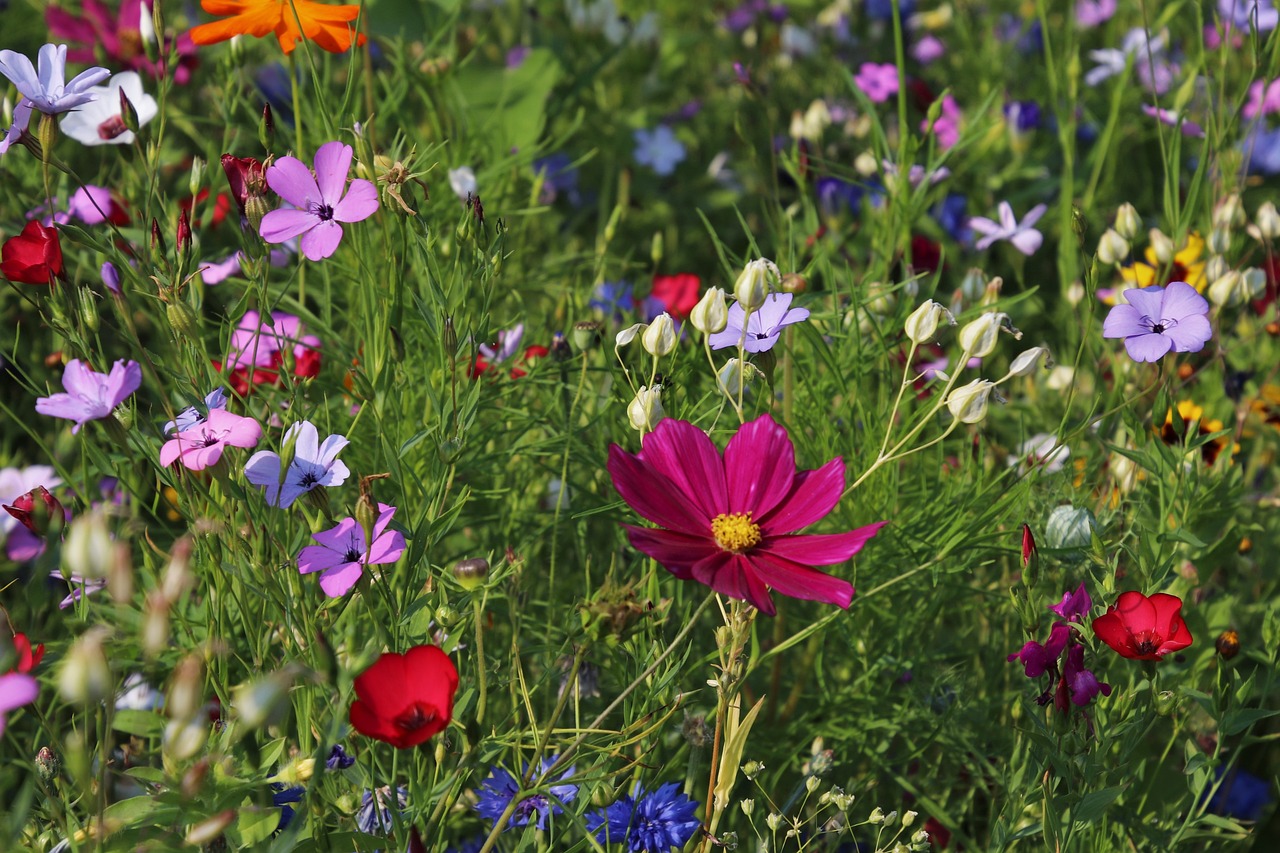
Simple Zen Garden Projects
Creating Zen gardens can be a delightful and enriching experience for kids, allowing them to engage with nature while expressing their creativity. These projects are not only fun but also serve as a wonderful opportunity for children to practice mindfulness and develop fine motor skills. Here are a couple of simple Zen garden projects that are perfect for kids, whether they want to work alone or involve the whole family.
First up, we have the Miniature Desktop Zen Garden. This project is particularly appealing because it can fit right on a desk or table, making it an easy way for kids to have a calming space at home. To start, gather materials like a shallow tray, some sand, small stones, and perhaps a tiny rake or stick for creating patterns in the sand. The process is straightforward: fill the tray with sand, arrange the stones in a way that feels pleasing, and use the rake to create calming lines in the sand. Kids can personalize it by adding small figurines or plants, turning it into a unique representation of their personality. The beauty of this project lies in its simplicity, allowing children to express themselves while cultivating a sense of serenity.
Next, let’s explore the Outdoor Zen Garden Setup. This larger project is a fantastic way to involve the entire family, promoting teamwork and collaboration. To create an outdoor Zen garden, start by selecting a suitable spot in the backyard. Clear the area of weeds and debris, and then lay down a layer of sand or gravel. Kids can then choose larger stones, plants, and decorative elements like bamboo or wind chimes to include in their garden. Encourage them to think about the arrangement of each item, focusing on balance and harmony. This project not only beautifies the outdoor space but also serves as a tranquil retreat for the family to enjoy together. It’s a wonderful way to teach kids about nature while creating a peaceful environment for relaxation and reflection.
In both projects, the key is to allow children to explore their creativity freely. They can experiment with different designs and materials, learning to appreciate the beauty of simplicity and the calming effects of nature. These hands-on activities not only foster artistic expression but also help children develop a deeper connection with their surroundings. Before diving into these projects, consider discussing the concept of mindfulness with your kids, explaining how creating a Zen garden can be a meditative practice that encourages them to be present in the moment.
As a bonus tip, you might want to incorporate a “nature walk” before starting the projects. This can be a fun way to gather materials, such as interesting stones or leaves, and to inspire creativity. Kids can discuss what they find beautiful in nature and how they can bring those elements into their gardens. This connection to the environment enhances the overall experience, making the crafting of Zen gardens not just a project, but a journey of mindfulness and discovery.
Q: What materials do I need for a Miniature Desktop Zen Garden?
A: You'll need a shallow tray, sand, small stones, and a rake or stick. Optional items include tiny figurines and plants to personalize your garden.
Q: Can I involve my whole family in creating an Outdoor Zen Garden?
A: Absolutely! Involving the whole family can make the process more enjoyable and foster teamwork. Everyone can contribute ideas and help with the setup.
Q: How does crafting a Zen garden promote mindfulness in children?
A: Crafting a Zen garden encourages children to focus on the present moment, helping them to develop self-awareness and emotional intelligence through the meditative aspects of gardening.
Q: Are there any specific techniques to enhance mindfulness while creating a Zen garden?
A: Yes, incorporating mindful breathing techniques during the crafting process can help children relax and center themselves, enhancing the calming effects of creating their gardens.
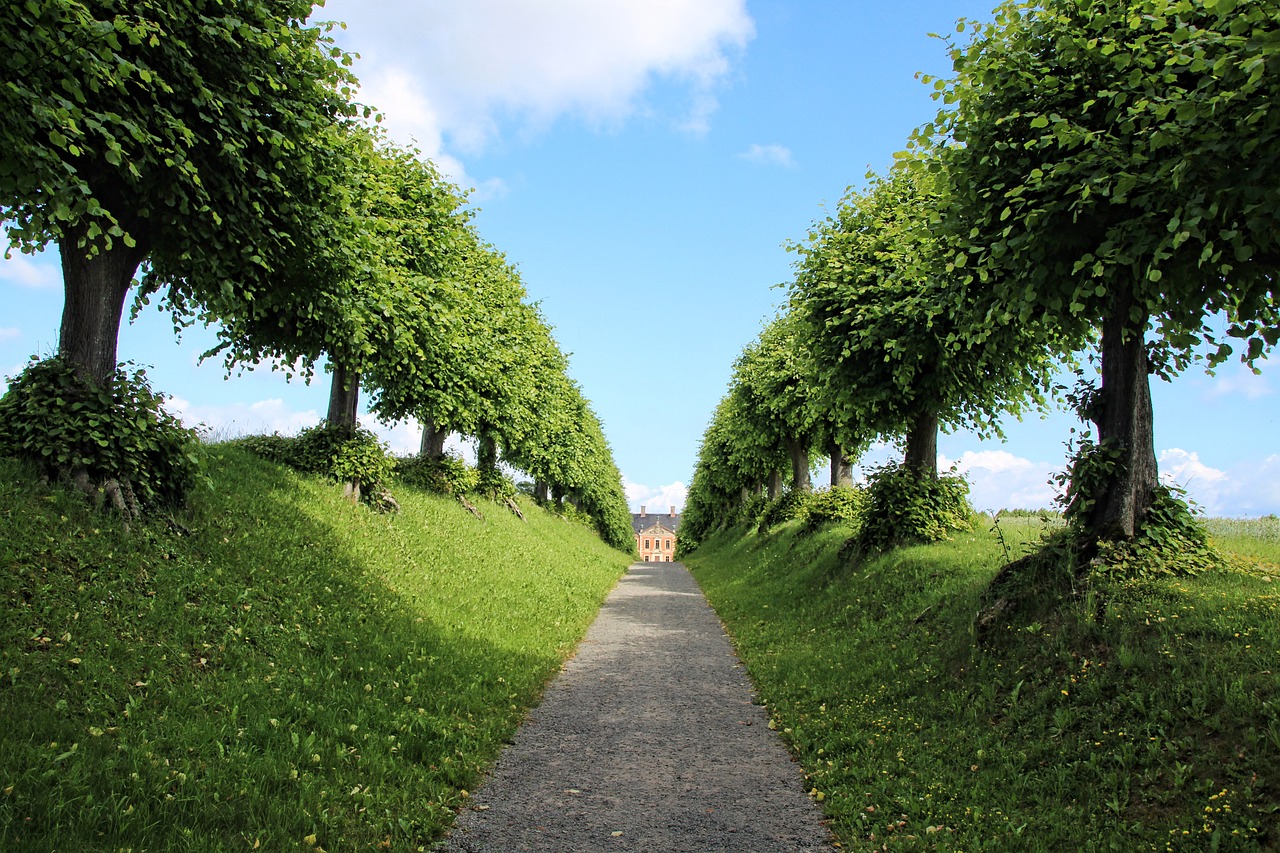
Miniature Desktop Zen Gardens
Creating a miniature desktop Zen garden is an excellent way for kids to introduce a slice of tranquility into their busy lives. These small-scale gardens are not only visually appealing but also serve as a personal sanctuary that can help children focus and unwind, especially during stressful times. Imagine a tiny world where sand, stones, and little plants come together to create a peaceful retreat right on their desk! This hands-on project encourages creativity, promotes mindfulness, and allows for a unique expression of individuality.
To start crafting a miniature Zen garden, children can gather a few simple materials. A shallow container, such as a wooden tray or a small bowl, can serve as the base of the garden. Then, they can fill it with fine sand, which acts as the canvas for their artistic vision. The act of raking the sand into patterns can be incredibly soothing, almost like drawing in a blank slate. Kids can use various tools, like small rakes or even their fingers, to create intricate designs that reflect their mood and thoughts.
Next, incorporating natural elements like pebbles, small rocks, and succulents can add texture and life to the garden. These materials not only enhance the aesthetic appeal but also teach children about nature and the importance of sustainability. For instance, using naturally sourced materials helps them understand the connection between their creations and the environment. They can even personalize their gardens with small figurines or themed decorations, such as miniature animals or tiny Buddha statues, to reflect their interests and personality.
Here’s a simple breakdown of the steps to create a miniature desktop Zen garden:
- Choose a base: Select a shallow tray, bowl, or any container that suits your style.
- Add sand: Fill the base with fine sand, smoothing it out to create a blank canvas.
- Incorporate natural elements: Add pebbles, small rocks, and plants to create visual interest.
- Personalize: Include miniature figurines or decorations that resonate with you.
- Rake patterns: Use a small rake or your fingers to create calming patterns in the sand.
Not only does this project foster creativity, but it also serves as a wonderful opportunity for kids to practice mindfulness. As they engage in the process of creating their Zen garden, they can take a moment to breathe deeply, reflect on their feelings, and enjoy the simple act of being present. This mindful crafting can be a delightful break from screen time and a chance to reconnect with their thoughts and emotions.
Finally, once the garden is complete, children can use it as a quiet space for reflection or a creative outlet whenever they need a moment of peace. Whether they choose to display it on their desk or share it with family members, their miniature Zen garden will remind them of the importance of tranquility and creativity in their everyday lives.
Q: What materials do I need to create a miniature Zen garden?
A: You'll need a shallow container, fine sand, pebbles or small rocks, and optional decorative items like miniature figurines or plants.
Q: How does making a Zen garden promote mindfulness?
A: The process of creating and caring for a Zen garden encourages children to focus on the present moment, helping them to relax and reflect on their thoughts and feelings.
Q: Can kids customize their Zen gardens?
A: Absolutely! Kids can personalize their gardens with various decorations, colors, and arrangements that reflect their unique personalities.
Q: Is this activity suitable for all ages?
A: Yes, crafting a miniature Zen garden can be adapted for different age groups, making it a fun family project!
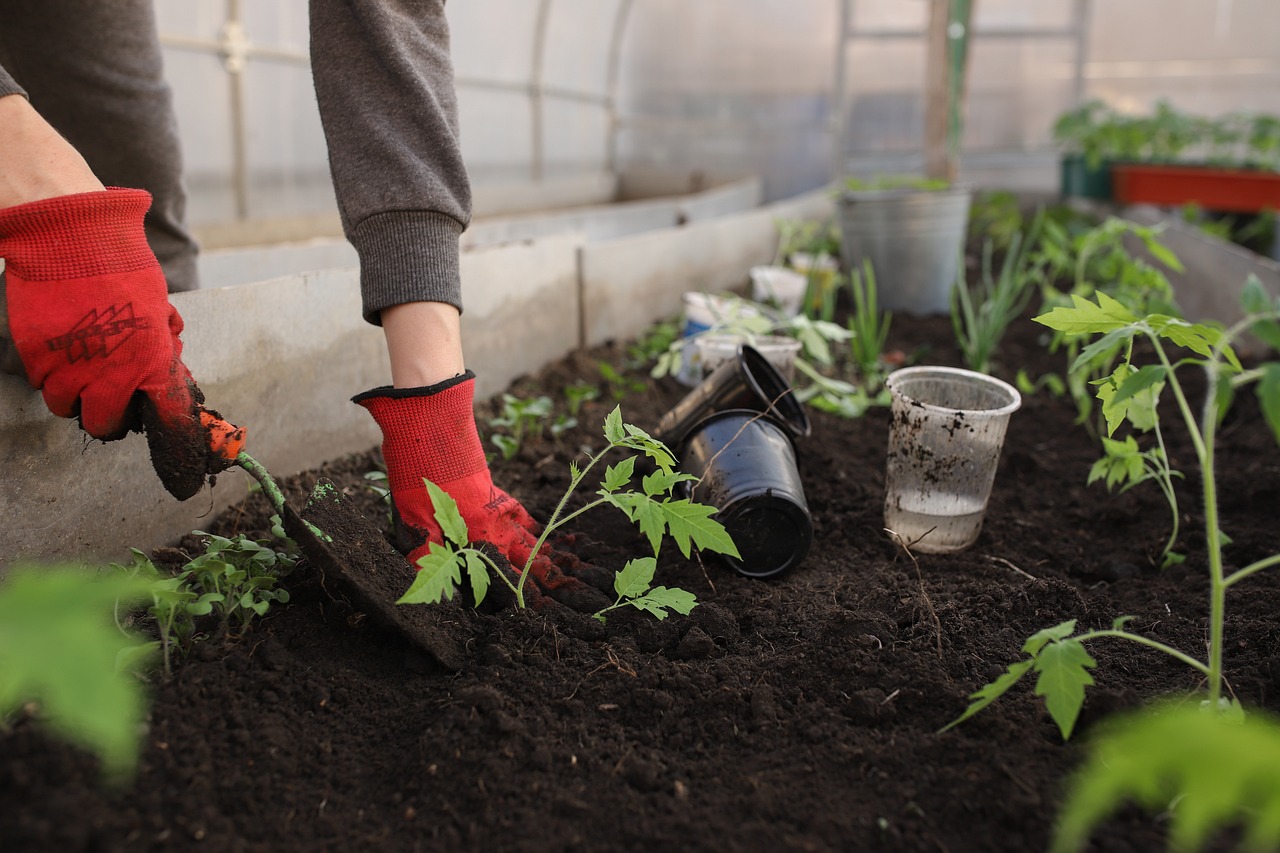
Outdoor Zen Garden Setup
Setting up an outdoor Zen garden can be a truly rewarding experience for both kids and their families. Imagine transforming a simple patch of your backyard into a serene oasis where the hustle and bustle of everyday life fades away. Not only does this project allow for creativity and collaboration, but it also serves as a wonderful opportunity to engage with nature. So, how do we go about creating this tranquil space? Let’s dive into the process!
First, it’s essential to choose a suitable location. Look for a spot that receives a good balance of sunlight and shade, as this will create a comfortable environment for both plants and people. Consider the size of the area; a larger space can accommodate more intricate designs, while a smaller area can still be a beautiful and calming retreat. Once you've selected the perfect spot, it’s time to get the kids involved in the planning process!
Begin by discussing what elements you’d like to include in your Zen garden. Some common features include:
- Sand or gravel: This represents water and can be raked into patterns, allowing for a meditative experience.
- Stones: These can symbolize mountains or islands, and choosing different sizes and colors can add visual interest.
- Plants: Incorporating low-maintenance plants like succulents or moss can bring life to the garden without overwhelming it.
- Decorative elements: Consider adding small statues, lanterns, or even a water feature to enhance the peaceful atmosphere.
Once you’ve decided on the components, gather your materials. This is a great time to teach kids about sustainability by using naturally sourced materials whenever possible. For example, stones can often be found in your yard or nearby parks, and plants can be sourced from local nurseries or even propagated from existing houseplants. Encourage the children to think creatively about how they can incorporate these elements into their design.
Now comes the fun part—designing the layout! You can sketch out a plan on paper or use natural markers like sticks or stones to outline where each element will go. This step not only fosters creativity but also promotes teamwork as everyone contributes their ideas. Once the layout is established, it’s time to start building!
As you construct the garden, remind the kids to stay present and enjoy the process. This is not just about the final product; it’s about the journey of creating something beautiful together. Encourage them to take turns raking the sand or arranging the stones, making it a fun and interactive experience.
After the garden is set up, it’s essential to maintain it. Teach the kids about the importance of caring for their space, whether it’s watering the plants or raking the sand to keep it looking fresh. This ongoing responsibility can foster a sense of ownership and pride in their creation.
Finally, don’t forget to schedule some time for reflection. After the garden is complete, gather around and talk about how the process made everyone feel. Did they find it relaxing? Did they enjoy working together? This reflection can deepen their understanding of mindfulness and the calming effects of nature.
Setting up an outdoor Zen garden is more than just a fun project; it’s an opportunity for families to bond, reflect, and create a peaceful retreat right in their backyard. So grab your materials, unleash your creativity, and enjoy the journey of crafting a little piece of paradise!
Q: What materials do I need to create an outdoor Zen garden?
A: You'll need sand or gravel, stones, plants, and any decorative elements you wish to include, such as statues or lanterns.
Q: How can I make my Zen garden eco-friendly?
A: Use naturally sourced materials like stones from your yard, and choose low-maintenance, native plants to minimize water usage.
Q: Can children participate in the setup of a Zen garden?
A: Absolutely! Involving children in the design and creation process promotes teamwork, creativity, and a connection with nature.
Q: How do I maintain my outdoor Zen garden?
A: Regular maintenance includes watering plants, raking the sand, and removing any debris to keep the space looking serene.
Frequently Asked Questions
- What is a Zen garden?
A Zen garden, also known as a Japanese rock garden, is a minimalist landscape designed to promote meditation and tranquility. It often features elements like sand, rocks, and carefully placed plants, encouraging mindfulness and reflection.
- How can crafting a Zen garden benefit my child?
Crafting a Zen garden can significantly benefit your child by enhancing their concentration, fine motor skills, and appreciation for nature. It fosters creativity and provides a calming activity that can help them manage stress and emotions.
- What materials do I need to create a Zen garden?
You can use a variety of materials to create a Zen garden. Some great options include sand, pebbles, small stones, and plants. Additionally, craft supplies like colored rocks and miniature figurines can add a personal touch to the garden.
- Can Zen gardens be created indoors?
Absolutely! Miniature desktop Zen gardens are perfect for indoor spaces. They require minimal materials and can help create a serene environment for relaxation and focus, making them a great addition to a child's study area or bedroom.
- What age group is suitable for creating Zen gardens?
Zen gardens can be suitable for a wide range of ages. Younger children may need assistance, while older kids can engage in more complex designs. It's a versatile activity that can be tailored to fit any child's skill level.
- How can I encourage mindfulness while crafting a Zen garden?
Incorporating mindful breathing techniques during the crafting process can enhance the calming effects. Encourage your child to focus on their breath and the sensations they experience while creating, helping them to stay present in the moment.
- Are there any specific techniques for arranging a Zen garden?
While there are no strict rules, a common technique is to create patterns in the sand or gravel that mimic water ripples. Use rocks and plants to create focal points and balance, promoting a sense of harmony within the garden.
- Can creating a Zen garden be a family activity?
Definitely! Setting up an outdoor Zen garden can be a fun family project that encourages teamwork and collaboration. It’s a wonderful way to bond while creating a peaceful space together.


















